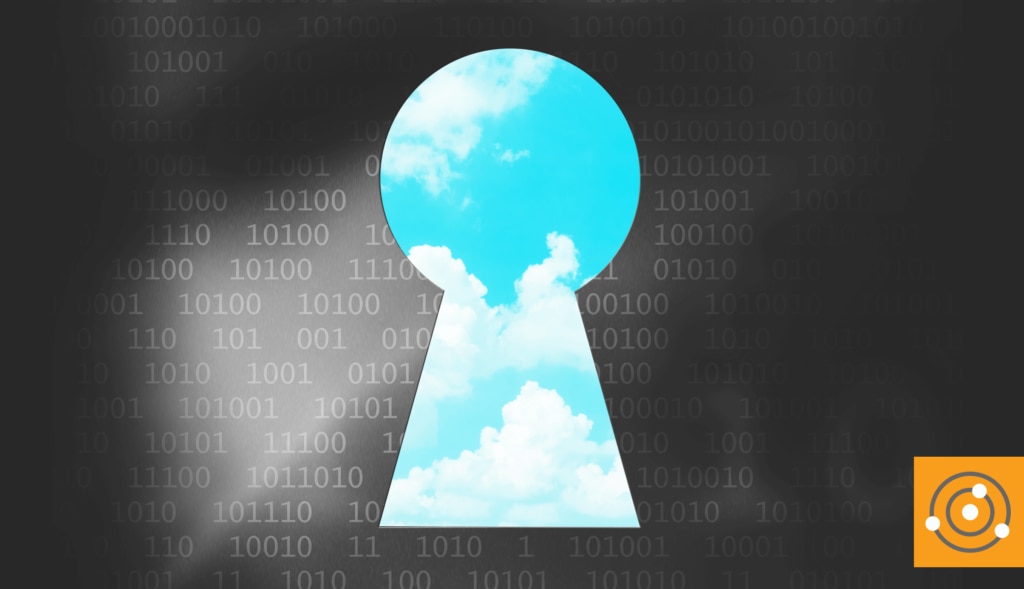This post is part one of two, taking an atypical look at the public cloud and why you may or may not want to leverage it.
Did you know AWS came about partly because Amazon realized they could recognize cost efficiencies within their own internal cloud? Did you also know AWS launched right around the same time the virtualization revolution took off? I believe these two massively disruptive technologies (virtualization and public cloud) launching around the same time caused a lot of people to equate the cost savings immediately recognized from virtualization and transferred the same philosophy to cloud. In fact, this was one of the earliest rationales for moving to the cloud—you’ll save money. “Cost” is a broad paradigm and it’s not as simple as saying “if I’m all in on cloud, I’ll save money.” Today we’ll explore some of the cost decisions you’ll have to make, whether your plan is to stay on-premises or if a move to the cloud is in your future.
Before we go any further, let’s settle on a few definitions. “The cloud” is no more a single entity than “the web” is. Cloud offerings are diverse, but for the sake of these conversations, I’d like to define the three primary types.
- SaaS (Software as a Service) – You subscribe to and access software that most likely lives elsewhere. Salesforce.com is one well-known example.
- PaaS (Platform as a Service) – All you do is develop applications and manage data in a PaaS. Everything else is abstracted away and operated by the provider.
- IaaS (Infrastructure as a Services) – You own and manage everything from the operating system up, and the provider owns the underlying infrastructure. It’s the closest to your traditional on-premises data center since you manage the server OSs themselves.
For the sake of time, today we’ll primarily focus on the differences between IaaS and on-premises solutions and how you pay for them.
Cash Flow
Does your business operate primarily on an Operational Expense (OpEx) basis? Are significant cash outlays OK within the organization? How you answer questions like these may help you decide right away whether on-premises or cloud is right for you. Nearly all cloud offerings sell on an OpEx model, which you can think of like a subscription, where you pay for what you use on a monthly basis. Traditionally, on-prem infrastructure was sold outright, and hence incurred large initial cash outlays. The prospect of these large capital expenditures can be undesirable or even scary for many organizations, particularly young ones, needing to delicately balance their cash flow. The cash decision is less of a differentiator than it once was. Some cloud providers ask for long-term commitments to get the best rate, and traditional infrastructure vendors are now more flexible with their financing options. Nonetheless, the CapEx vs. OpEx question is one you’ll want to account for in your organization.
Total Cost of Ownership (TCO)
Coming up with a TCO should be simple, right? The months I spent building a lift-and-shift IaaS cost comparison model would disagree. There are a lot of commonalities between what’s required to run an IaaS solution or on-prem solution. With both, you’ll need to backup and monitor your solution. You’ll also need to protect it from bad guys. Let’s for now consider these items a wash. You also pay for your operating system, so what’s primarily left to differentiate IaaS from on-premises is the infrastructure to run your stuff. If you’re on-premises, you’ll need to account not just for the hardware and virtualization platform, but everything down to your environmental controls (power, cooling, fire suppression, etc.), the physical space your infrastructure occupies, and all the odds and ends (racks, wires) to make all the blinking lights go. Yes, a colocation facility can help with many of these, but that’s a conversation for another day.
On the other side of the coin, with an IaaS solution, you can sometimes get away with paying for just what you use, but you’ll be paying for what you use in perpetuity. If you’re the type of car buyer who drives a car until its wheels fall off, an OpEx model may not be attractive to you. Further, if you keep your infrastructure for long periods of time, on-premises will likely save you money, as you can depreciate the gear over a longer time. Lastly, when you have a system storing data in the cloud, you need to consider egress costs, where it’s free or cheap to get your data into the cloud but potentially expensive to get your data back out.
So, what’s the verdict when it comes to TCO? Remember TCO is measured over time. Cloud can be a significant cost savings, especially if your organization has a flexible workload, where you don’t need to outright buy the capacity and performance to handle peak workloads. However, if your workloads and environment are stable and predictable, depreciating the costs of on-premises equipment over a longer time period may make fiscal sense.
Opportunity and People Costs
Spinning a server in the cloud up or down, and dynamically changing the infrastructure it supports is a massive selling point for those who want to go faster and push the envelope. What if your business or industry doesn’t operate this way? You need to decide if it’s worth taking time away from your core competencies to embark on a cloud endeavor.
As it pertains to people costs, you need to understand your business, your people, and what makes them tick. We’ll continue our exploration of these topics in the second part of this atypical look at the cloud:
I’m Still On-Premises, Is That OK?





